Home>diy>Building & Construction>How Is Copper Used In Construction
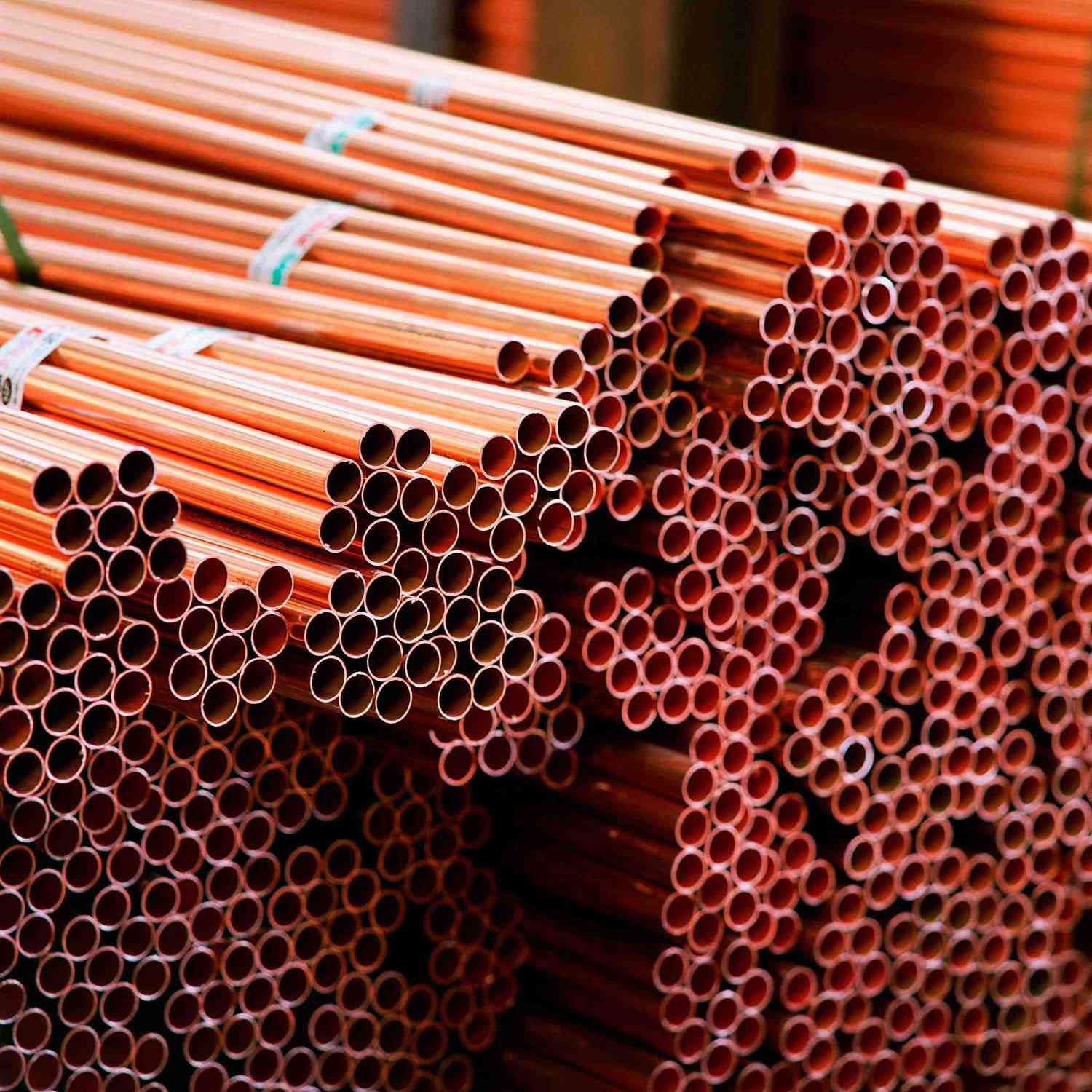

Building & Construction
How Is Copper Used In Construction
Modified: January 8, 2024
Discover the versatile use of copper in building construction, from plumbing systems and electrical wiring to roofing and architectural accents. Enhance your construction projects with the durability and aesthetic appeal of copper.
(Many of the links in this article redirect to a specific reviewed product. Your purchase of these products through affiliate links helps to generate commission for Storables.com, at no extra cost. Learn more)
Introduction
The use of copper in construction dates back centuries, and this versatile metal continues to play a vital role in modern building practices. From electrical systems to plumbing, roofing to structural components, copper offers a range of properties and advantages that make it a popular choice in the construction industry.
One of the key reasons for the widespread use of copper in construction is its exceptional conductivity. Copper is an excellent conductor of electricity and heat, making it ideal for electrical wiring and HVAC systems. It also has excellent corrosion resistance, making it durable and long-lasting. These characteristics, combined with its aesthetic appeal, make it a sought-after material in various applications.
In this article, we will explore the various uses of copper in construction and delve into its properties and advantages. We will also discuss the different applications of copper, including wiring, plumbing, roofing, and structural components. Additionally, we will explore the use of copper alloys and highlight the sustainable benefits of incorporating copper into construction projects.
So, whether you are a homeowner, architect, builder, or simply curious about the building industry, join us as we uncover the incredible ways that copper is utilized in construction.
Key Takeaways:
- Copper’s exceptional conductivity, durability, and aesthetic appeal make it an ideal choice for various construction applications, from electrical systems to roofing and architectural elements. Its sustainable benefits further contribute to a greener built environment.
- Copper alloys, such as brass and bronze, expand design possibilities in construction, offering enhanced properties and artistic flexibility. The recyclability, energy efficiency, and antimicrobial properties of copper make it a responsible and sustainable choice for builders and architects.
Read more: Why Is Copper Used For In Plumbing
Properties and Advantages of Copper
Copper possesses a range of properties that make it ideal for construction applications. First and foremost, copper is an excellent conductor of both electricity and heat. Its high electrical conductivity ensures efficient flow of electricity, making it a reliable choice for electrical wiring and systems. Its thermal conductivity allows it to quickly and evenly distribute heat, making it suitable for HVAC systems and radiant heating systems.
Furthermore, copper is highly corrosion-resistant, making it suitable for outdoor applications such as roofing and gutters. It can withstand exposure to harsh weather conditions, moisture, and chemicals, ensuring its longevity and durability. Copper also has antimicrobial properties, which inhibit the growth of bacteria and pathogens, making it a hygienic choice for plumbing systems.
Another advantage of copper is its malleability and ductility. It can be easily shaped and formed into various components, allowing for versatile design possibilities. Copper can also be soldered or welded, enabling strong and secure connections in plumbing systems and architectural elements.
In addition to its physical properties, copper also boasts aesthetic appeal. Its warm reddish-brown color adds a touch of elegance and sophistication to architectural elements. Over time, copper develops a characteristic patina, which adds a unique charm and ages gracefully.
Furthermore, copper is a sustainable choice for construction materials. It is a highly recyclable metal, with a recycling rate of over 90%. This ensures that copper waste is significantly reduced, contributing to environmental preservation. Additionally, using copper in construction can enhance energy efficiency and reduce carbon emissions due to its excellent conductivity and heat transfer capabilities.
In summary, the properties and advantages of copper in construction are numerous. Its high electrical and thermal conductivity, corrosion resistance, malleability, and aesthetic appeal make it an ideal choice for various applications. Furthermore, its sustainable features make it an environmentally responsible choice for construction projects. With all these benefits in mind, it is no wonder that copper continues to be a popular and trusted material in the construction industry.
Copper Wiring and Electrical Systems
When it comes to electrical systems, copper is the material of choice for wiring due to its excellent conductivity. Copper wires allow for efficient and reliable transmission of electricity, ensuring that power reaches its intended destination without any significant loss. This is crucial to maintain the performance and safety of electrical systems in buildings.
Copper wiring is preferred over other materials like aluminum due to its superior conductivity. It has a significantly lower electrical resistance, resulting in less heat generation and energy loss during transmission. This not only ensures optimal electrical performance but also helps to reduce energy consumption and lower electricity bills.
Copper is also highly durable and resistant to temperature fluctuations, moisture, and corrosion. It can withstand the demands of various electrical applications without deteriorating, providing long-lasting performance. This is especially important for maintaining the longevity and safety of electrical systems in buildings.
In addition to its exceptional conductivity and durability, copper wiring is also easy to work with during installation. Its malleability allows electricians to bend and shape the wires as needed, making it convenient for routing through walls, floors, and ceilings. Copper wires can also be easily terminated and connected to switches, outlets, and fixtures, facilitating a seamless electrical installation process.
Furthermore, copper wiring is compatible with various insulation materials, ensuring proper insulation and protection of electrical systems. It can handle high temperatures without degrading the insulation, reducing the risk of electrical malfunctions and fire hazards.
Overall, copper plays a critical role in the electrical systems of buildings. Its high conductivity, durability, and ease of installation make it the preferred choice for wiring purposes. Whether it’s for residential, commercial, or industrial applications, copper wiring provides a reliable and efficient means of electrical transmission, ensuring the smooth and safe operation of electrical systems in construction projects.
Plumbing and Piping Applications
Copper has long been recognized as an excellent material for plumbing and piping applications. Its superior corrosion resistance, durability, and antimicrobial properties make it a reliable choice for delivering clean and safe water in buildings.
Copper pipes are widely used in both residential and commercial plumbing systems. They are known for their ability to withstand high pressure and temperature, making them suitable for hot and cold water supply lines. Copper pipes are also resistant to extreme weather conditions, chemicals, and UV rays, making them ideal for outdoor applications such as irrigation systems.
One of the key advantages of copper plumbing systems is their long lifespan. Copper pipes can last for several decades without deteriorating, providing reliable and leak-free performance over time. This not only reduces maintenance and repair costs but also ensures a steady supply of clean water in buildings.
In addition to their durability, copper pipes have antimicrobial properties. Copper ions have been proven to effectively kill bacteria, viruses, and other microorganisms, reducing the risk of waterborne diseases. This makes copper pipes a hygienic choice for plumbing systems, especially in hospitals, schools, and other facilities where cleanliness is crucial.
Copper pipes are also versatile and easy to work with during installation. They can be easily cut, bent, and soldered, allowing for flexible routing and connection of plumbing systems. Copper fittings and connectors provide secure and leak-free joints, ensuring the integrity of the plumbing system.
Furthermore, copper pipes have low frictional losses, which means water can flow smoothly and efficiently through the system. This helps to reduce energy consumption and maintain optimal water pressure, providing a comfortable and efficient plumbing experience.
In summary, copper is an excellent choice for plumbing and piping applications. Its corrosion resistance, durability, antimicrobial properties, and ease of installation make it a reliable option for delivering clean and safe water in buildings. Whether it’s for residential, commercial, or industrial use, copper plumbing systems provide long-lasting performance and contribute to the overall functionality and well-being of construction projects.
Roofing and Gutters
When it comes to roofing and gutter systems, copper offers exceptional durability, aesthetic appeal, and weather resistance. Copper roofs and gutters have been used for centuries and continue to be a popular choice for both residential and commercial buildings.
Copper roofing is known for its longevity. Copper is a naturally durable material that can withstand a wide range of weather conditions, including heavy rain, snow, and high winds. It is resistant to cracking, warping, and corrosion, ensuring that the roof remains intact and protects the building for many years.
Another advantage of copper roofing is its low maintenance requirements. Unlike other roofing materials, copper does not need to be treated or coated to maintain its performance. Over time, it develops a distinctive patina that adds to its charm and acts as a natural protective layer against environmental elements.
In addition to its durability, copper roofing offers aesthetic appeal. Its warm reddish-brown color provides a unique and elegant look to buildings. As the copper ages, it develops a beautiful greenish patina that adds a touch of character and uniqueness to the roof.
Copper gutters are also a popular choice for their functionality and aesthetic appeal. Copper gutters effectively channel rainfall away from the building, preventing water damage and protecting the foundation. They are highly resistant to corrosion and can withstand the wear and tear caused by constant exposure to moisture and debris.
Like copper roofs, copper gutters develop a patina over time, enhancing the overall look of the building. They require minimal maintenance and can be easily cleaned with a soft brush or a mild detergent solution to remove debris and maintain their appearance.
In summary, copper roofing and gutter systems offer exceptional durability, aesthetic appeal, and low maintenance requirements. They are a long-lasting and reliable choice for protecting buildings from the elements, while also adding a unique and elegant touch to their design. Whether it’s for a residential home or a commercial building, copper roofs and gutters provide a sustainable and visually appealing solution for construction projects.
Read more: How To Use A Copper Chef Induction Cooktop
HVAC Systems
Copper plays a crucial role in heating, ventilation, and air conditioning (HVAC) systems due to its excellent conductivity and heat transfer properties. It is widely used in HVAC applications for its ability to efficiently circulate heat, cool air, and regulate indoor temperatures.
One of the primary uses of copper in HVAC systems is in the construction of air conditioning and refrigeration components. Copper tubing is commonly used for refrigerant lines, as it offers superior heat transfer ability. Copper’s high thermal conductivity allows for efficient heat exchange, ensuring that the cooling process is optimized and energy-efficient.
In addition to its thermal conductivity, copper is resistant to corrosion and can withstand the high pressures and temperatures typically found in HVAC systems. This makes it a durable and reliable choice for refrigerant lines, preventing leaks and ensuring consistent cooling performance.
Furthermore, copper is used in HVAC systems for its electrical conductivity. Copper wires and coils are commonly used in air conditioning units and heat pumps to facilitate the electrical flow and conversion of energy. Copper’s excellent electrical conductivity ensures efficient operation of various components, optimizing the overall performance of the HVAC system.
Copper is also utilized in HVAC system parts such as heat exchangers and coils. These components rely on the heat transfer capability of copper to efficiently transfer thermal energy between fluids or the air. Copper’s malleability and ductility allow for the fabrication of intricate coil designs, maximizing surface area and heat transfer efficiency.
Another advantage of using copper in HVAC systems is its antimicrobial properties. Copper’s natural ability to inhibit the growth of bacteria and other pathogens makes it a hygienic choice for air conditioning units and ductwork, improving indoor air quality and reducing the risk of airborne illnesses.
In summary, copper is an essential material in HVAC systems, contributing to efficient heat transfer, electrical conductivity, and overall performance. Its properties of thermal conductivity, corrosion resistance, durability, and antimicrobial effects make it a reliable and sustainable choice for various HVAC applications. Copper’s contribution to maintaining comfortable indoor environments and energy-efficient HVAC systems is invaluable in the construction industry.
Copper is commonly used in construction for electrical wiring, plumbing, and roofing due to its excellent conductivity, durability, and resistance to corrosion.
Structural Components
Copper is not only used in functional applications in construction but also plays a role in the design and aesthetics of buildings. It is commonly utilized in the construction of various structural components that provide support, stability, and architectural appeal.
One of the primary uses of copper in structural components is in roofing and cladding systems. Copper roofs are not only durable but also add a touch of elegance to buildings. Copper panels and shingles can be used to create intricate designs and architectural details, enhancing the overall visual appeal of the structure.
Copper is also used in structural connectors such as bolts, screws, and fasteners to provide secure connections between building elements. Copper connectors offer high strength and corrosion resistance, ensuring the structural stability and integrity of the building.
Furthermore, copper can be found in architectural elements such as decorative screens, grilles, and facades. These elements not only serve aesthetic purposes but also provide structural support and protection. Copper’s unique appearance and ability to age gracefully add a distinctive charm to the building’s design.
In addition to its aesthetic appeal, copper is a sustainable choice for structural components. It is highly recyclable, meaning that copper waste can be collected, processed, and reused in new construction projects. This contributes to a circular economy and reduces the demand for newly mined copper, further promoting environmental sustainability.
Moreover, the durability and longevity of copper in structural applications make it a cost-effective solution. Copper components require minimal maintenance, reducing the need for frequent repairs or replacements. This not only saves money but also reduces the environmental impact associated with the production and disposal of building materials.
Overall, copper adds both functional and aesthetic value to structural components in construction. Its versatility, strength, and sustainability make it an excellent choice for roofing, cladding, connectors, and architectural elements. Incorporating copper into structural designs not only ensures the stability and durability of the building but also enhances its visual appeal.
Architectural Elements
Copper is widely used in architectural design to create stunning and distinctive elements that contribute to the visual appeal and uniqueness of buildings. Its warm color, malleability, and durability make it an ideal material for creating various architectural features.
One of the most common uses of copper in architectural elements is in decorative facades and cladding. Copper panels can be shaped, folded, and formed into intricate patterns and designs, allowing architects to create visually stunning exteriors. These copper facades not only enhance the aesthetics of the building but also provide protection against weather elements and contribute to its longevity.
Copper is also favored for its ability to create beautiful and functional architectural details, such as ornamental screens and grilles. Copper screens can be used to create privacy, filter light, and add a touch of elegance to indoor and outdoor spaces. Its versatility allows for intricate designs and customization to fit specific architectural styles and preferences.
In addition, copper can be utilized in the construction of architectural elements such as domes, cupolas, spires, and finials. These decorative features, often found in historical and religious buildings, add a sense of grandeur and architectural significance. The distinct color and patina of copper give these elements a unique and timeless appeal.
Moreover, copper is commonly used in the fabrication of doors, windows, and railings. Its strength and corrosion resistance make it suitable for outdoor applications, ensuring durability and longevity. Copper details on doors and windows can add a touch of elegance and sophistication to the architectural design, while copper railings provide both safety and aesthetic appeal.
Copper’s ability to age gracefully and develop a patina over time adds to the charm and character of architectural elements. The natural patina not only protects the copper from corrosion but also creates a unique visual effect that changes with the passage of time, adding an artistic dimension to the building’s design.
In summary, copper is a versatile and visually appealing material used in various architectural elements. Whether it’s in facades, screens, domes, or details like doors and railings, copper adds a touch of elegance, durability, and unique character to the architectural design. Its use in these elements showcases the creativity and craftsmanship in construction, contributing to the overall beauty and appreciation of the built environment.
Copper Alloys in Construction
In addition to pure copper, copper alloys are commonly used in construction due to their enhanced properties and specific applications. Copper alloys are created by combining copper with other elements such as zinc, tin, nickel, or manganese to achieve desired characteristics.
One of the most well-known copper alloys in construction is brass, which is made by combining copper and zinc. Brass offers excellent corrosion resistance, durability, and ductility. It is often used for architectural hardware, decorative fittings, plumbing fixtures, and electrical connectors. The golden appearance of brass adds a touch of elegance to various construction applications.
Another widely used copper alloy is bronze, which is made by combining copper with tin. Bronze has exceptional strength, hardness, and resistance to wear and corrosion. It is commonly used for sculptures, statues, ornamental elements, and architectural accents. Bronze is known for its beautiful, warm brown color and is highly valued for its artistic and historical significance.
In construction, copper-nickel alloys are utilized for their excellent corrosion resistance and durability in marine environments. These alloys, such as cupronickel, are commonly used for seawater piping, heat exchangers, and shipbuilding. Cupronickel alloys offer superior resistance to both erosion and biological fouling, making them ideal for applications that require long-lasting performance in harsh conditions.
Copper alloys, including beryllium copper and phosphor bronze, are also used in electrical applications due to their superior electrical conductivity and mechanical strength. They are commonly used for electrical connectors, terminals, and springs. These alloys ensure efficient electrical transmission and provide reliable connections, even under heavy load or frequent use.
Additionally, copper alloys offer opportunities for creative and unique architectural designs. For example, alloys like Nordic Royal and Nordic Brown, which include copper and aluminum, provide a range of extraordinary colors and textures suitable for cladding and building exteriors. These alloys offer a weathered appearance while retaining the durability and low-maintenance properties of copper.
In summary, copper alloys play a significant role in construction, offering enhanced properties and specific applications. Whether it’s brass, bronze, cupronickel, beryllium copper, or other copper alloys, each alloy brings unique characteristics, durability, and aesthetic appeal to various construction components. The use of copper alloys allows for versatility, creativity, and long-lasting performance in architectural and functional applications.
Sustainable Benefits of Copper Use
Using copper in construction offers a range of sustainable benefits that contribute to reducing environmental impact and promoting a more sustainable built environment. Here are some of the key sustainable advantages of copper:
1. Recyclability: Copper is highly recyclable, with a recycling rate of over 90%. When a building reaches the end of its life cycle, copper materials can be collected, recycled, and reused in new construction projects. This reduces the demand for newly mined copper, conserves natural resources, and decreases waste sent to landfills.
2. Durability and Longevity: Copper is known for its exceptional durability and long lifespan. Copper materials, such as pipes, wiring, and roofing, can last for several decades without deteriorating, reducing the need for frequent replacements. This not only saves money and resources but also reduces the environmental impact associated with the production and disposal of building materials.
3. Energy Efficiency: Copper’s high thermal and electrical conductivity contribute to energy efficiency in buildings. Copper wiring and HVAC components ensure optimal electrical performance and minimize energy loss. Additionally, copper pipes for hot water supply conserve energy by efficiently transferring heat. These energy-efficient properties help reduce carbon emissions and decrease the overall energy consumption of buildings.
4. Corrosion Resistance: Copper’s natural resistance to corrosion reduces the need for coatings or treatments that may contain harmful chemicals. This minimizes the environmental impact associated with the use of such substances and increases the lifespan of copper materials in various applications.
5. Antimicrobial Properties: Copper has inherent antimicrobial properties, meaning it can effectively eliminate bacteria, viruses, and other harmful microorganisms. In plumbing systems, this can help improve water quality and reduce the risk of waterborne illnesses. In high-touch areas, such as door handles or handrails, copper surfaces can help reduce the spread of germs and promote healthier indoor environments.
6. Aesthetic Appeal: Copper’s warm reddish-brown color and unique patina add a touch of elegance to architectural designs. By incorporating copper elements into construction projects, the need for additional decorative materials or finishes may be reduced, minimizing the use of potentially less sustainable alternatives.
Collectively, these sustainable benefits make copper a responsible choice in construction. Its recyclability, durability, energy efficiency, corrosion resistance, antimicrobial properties, and aesthetic appeal contribute to the overall sustainability of buildings, promoting a greener and more environmentally friendly built environment.
Conclusion
Copper has proven to be a versatile and indispensable material in the construction industry. Its properties and advantages, ranging from exceptional conductivity to durability and aesthetic appeal, make it an ideal choice for various applications in building construction.
From electrical systems to plumbing, roofing to structural components, and architectural elements, copper plays a critical role in enhancing the functionality, performance, and visual appeal of buildings.
Copper’s excellent conductivity makes it the material of choice for electrical wiring and HVAC systems, ensuring efficient transmission of electricity and heat. Its corrosion resistance and antimicrobial properties make it a hygienic and long-lasting choice for plumbing and piping applications.
In roofing and gutters, copper offers durability, weather resistance, and a unique aesthetic charm. Furthermore, copper contributes to the energy efficiency of HVAC systems, making them more sustainable and environmentally friendly.
Copper is not only functional but also adds a touch of elegance and uniqueness to architectural designs. It is used in structural components and architectural elements to provide stability, support, and artistic appeal.
Copper alloys, such as brass and bronze, further expand the possibilities in construction, offering enhanced properties and aesthetic options. These alloys provide strength, durability, and artistic flexibility, allowing for creative and customized designs.
Moreover, the sustainable benefits of copper use cannot be overlooked. Copper’s recyclability, energy efficiency, durability, and antimicrobial properties contribute to a greener and more sustainable built environment. By choosing copper, builders and architects contribute to the preservation of natural resources, reduction of waste, and promotion of energy conservation.
In conclusion, copper’s remarkable properties, versatility, and sustainable advantages make it an essential and responsible choice in construction. Its timeless appeal, durability, and functional attributes contribute to the longevity and beauty of buildings while minimizing environmental impact. Incorporating copper into construction projects not only enhances performance and aesthetics but also promotes a sustainable and eco-friendly future.
Frequently Asked Questions about How Is Copper Used In Construction
Was this page helpful?
At Storables.com, we guarantee accurate and reliable information. Our content, validated by Expert Board Contributors, is crafted following stringent Editorial Policies. We're committed to providing you with well-researched, expert-backed insights for all your informational needs.
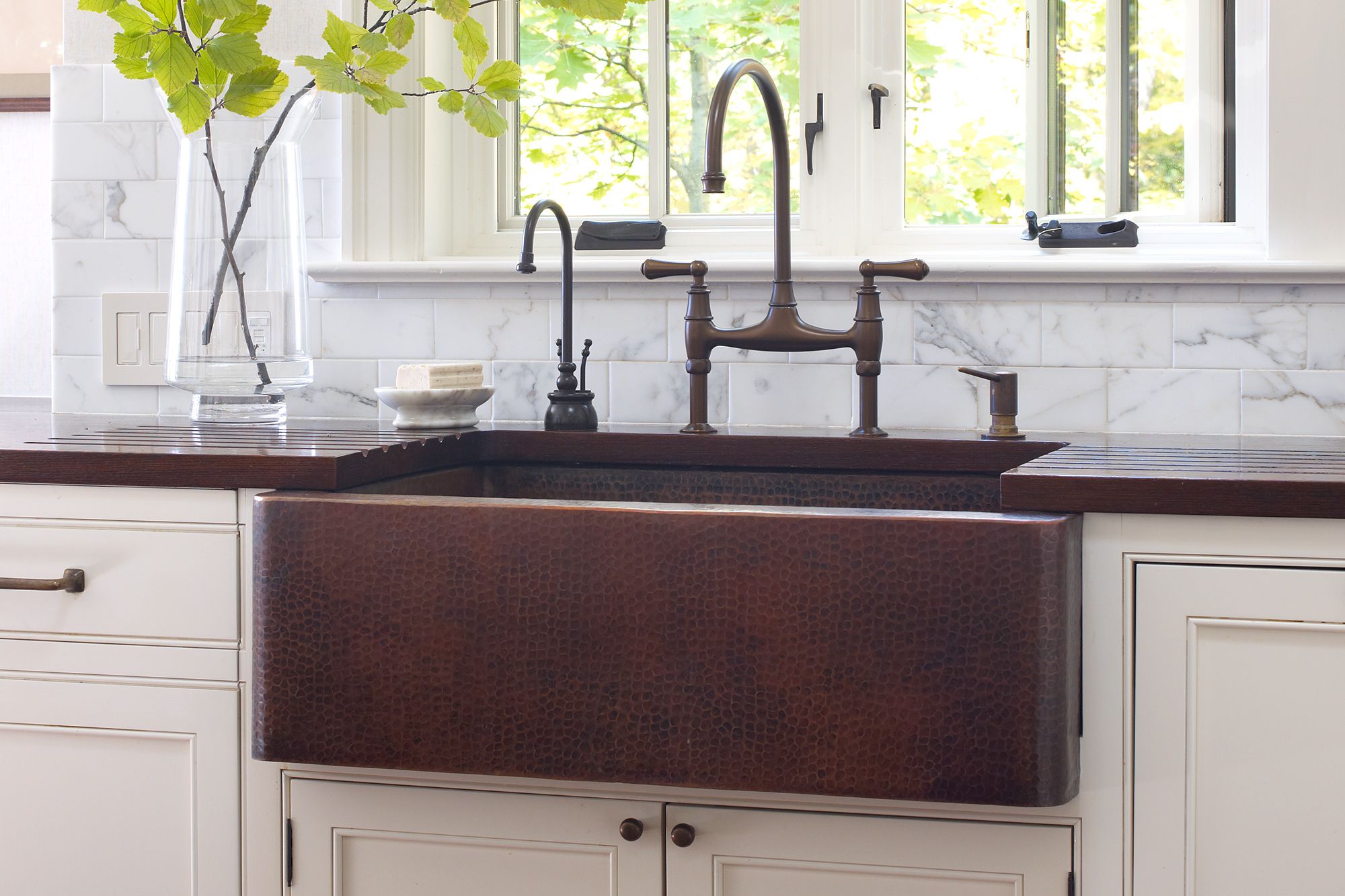
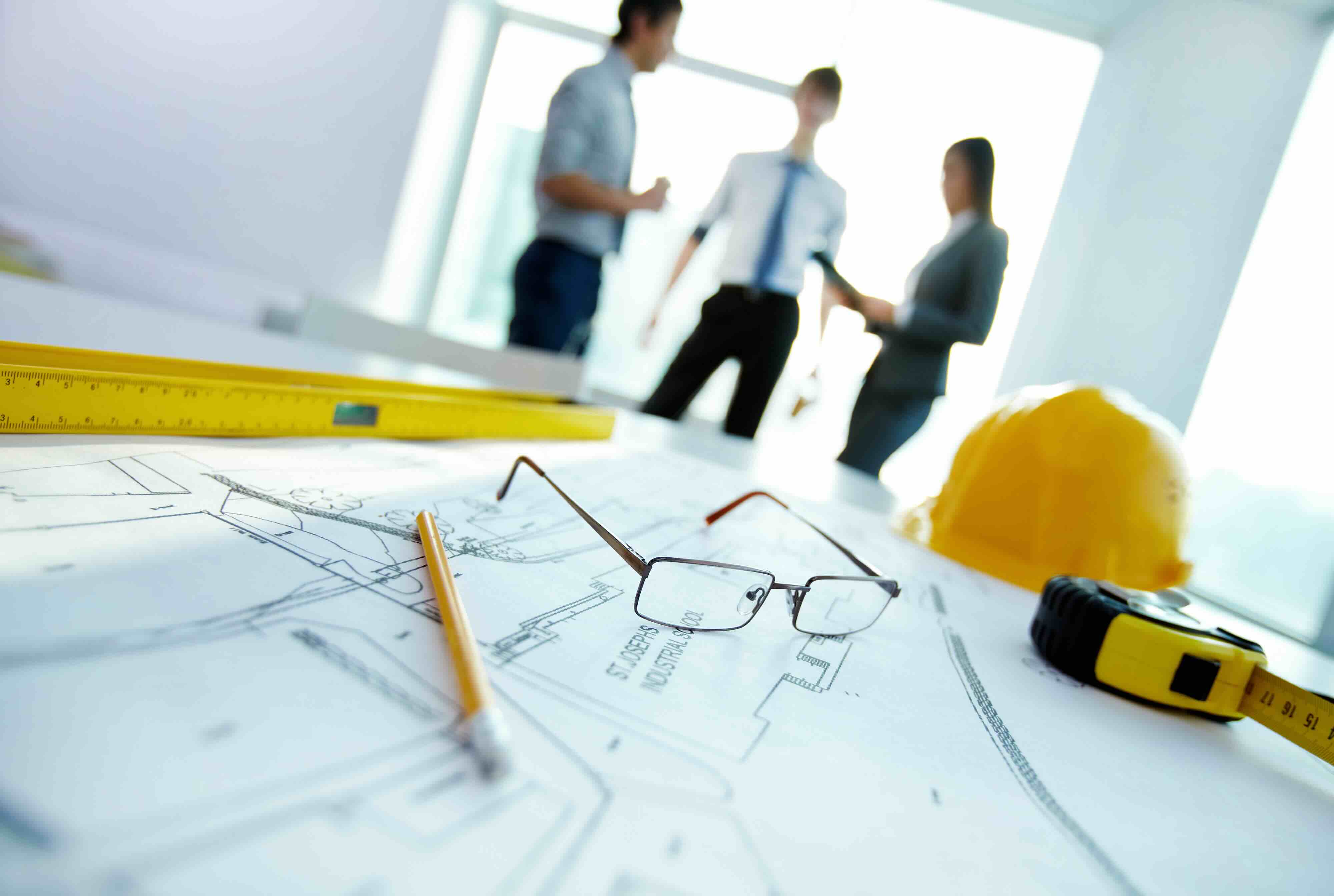
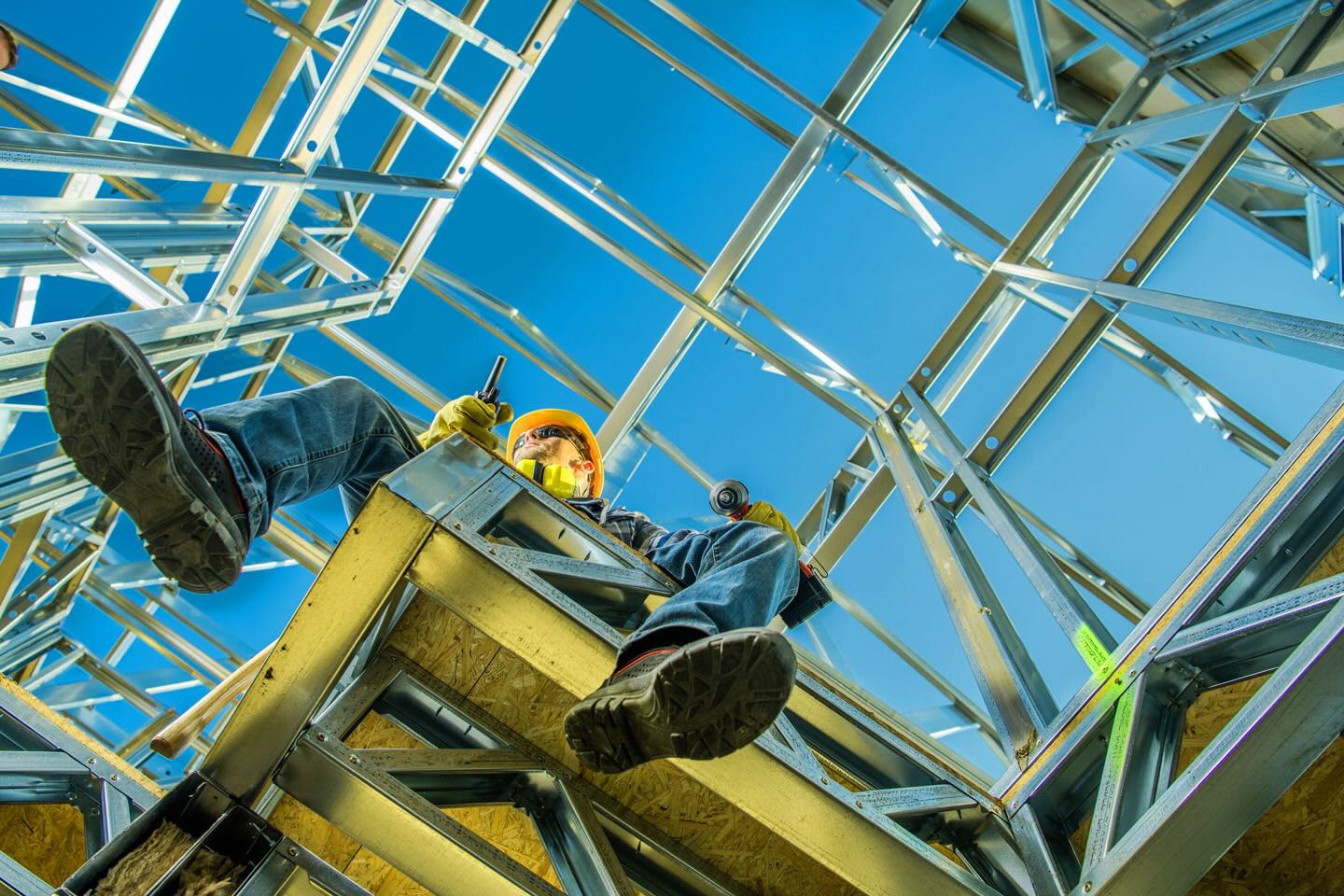
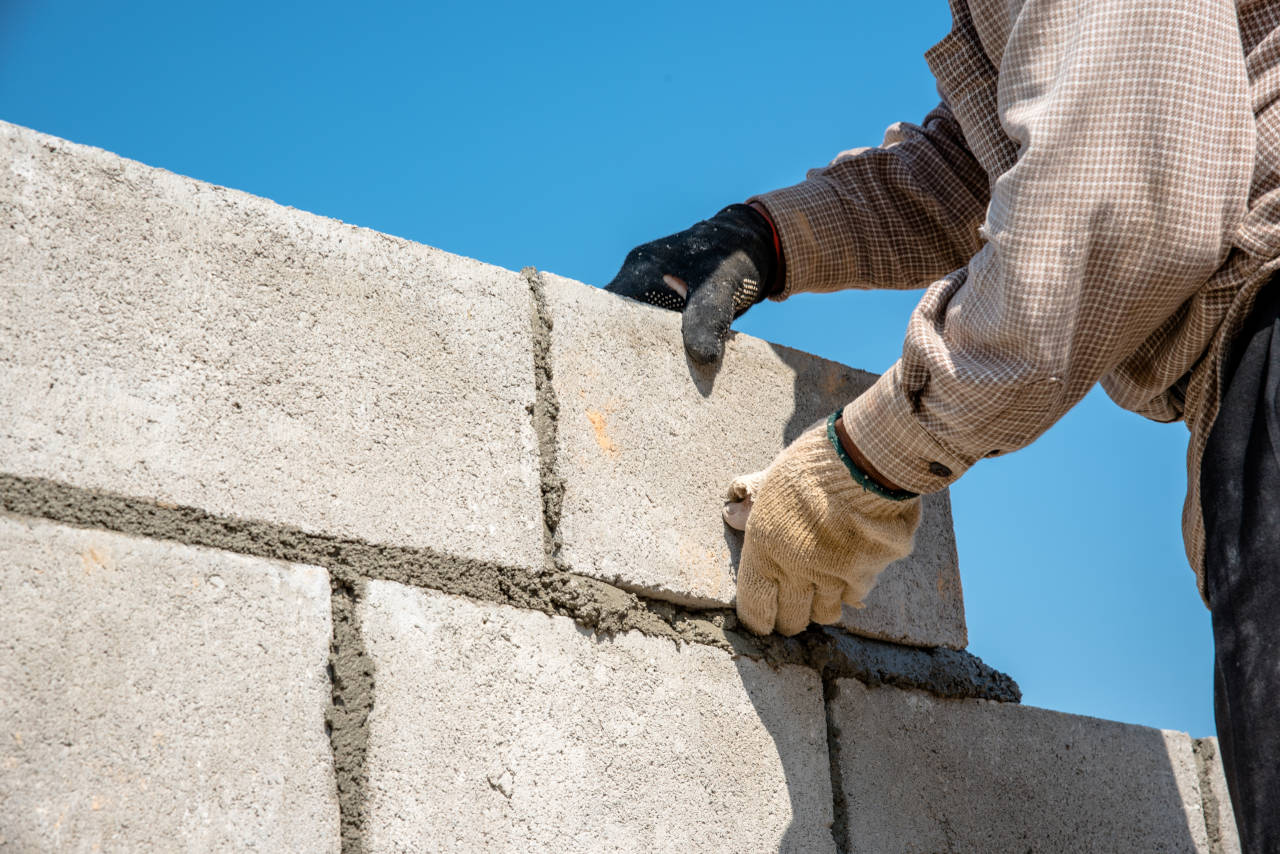


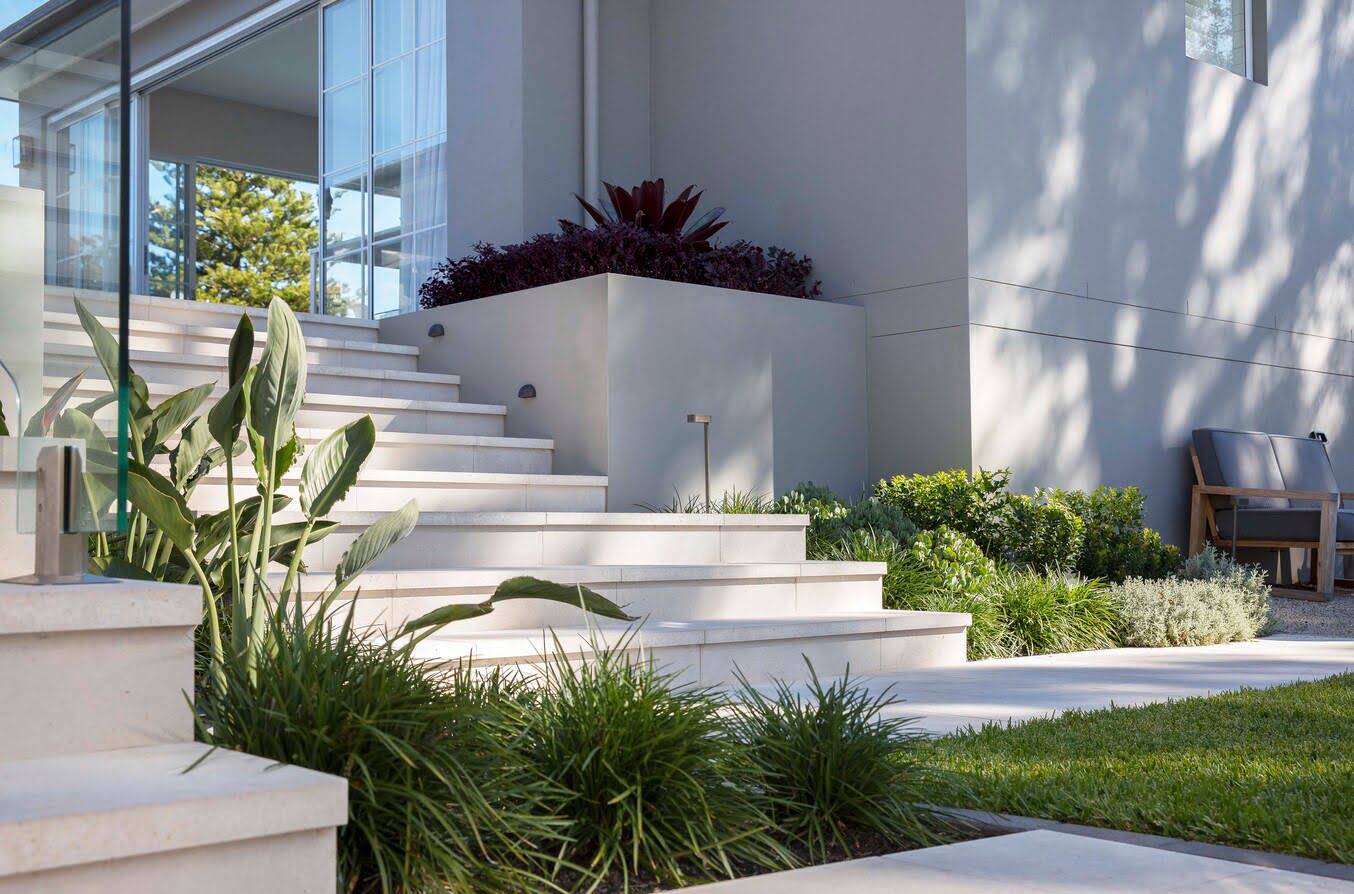
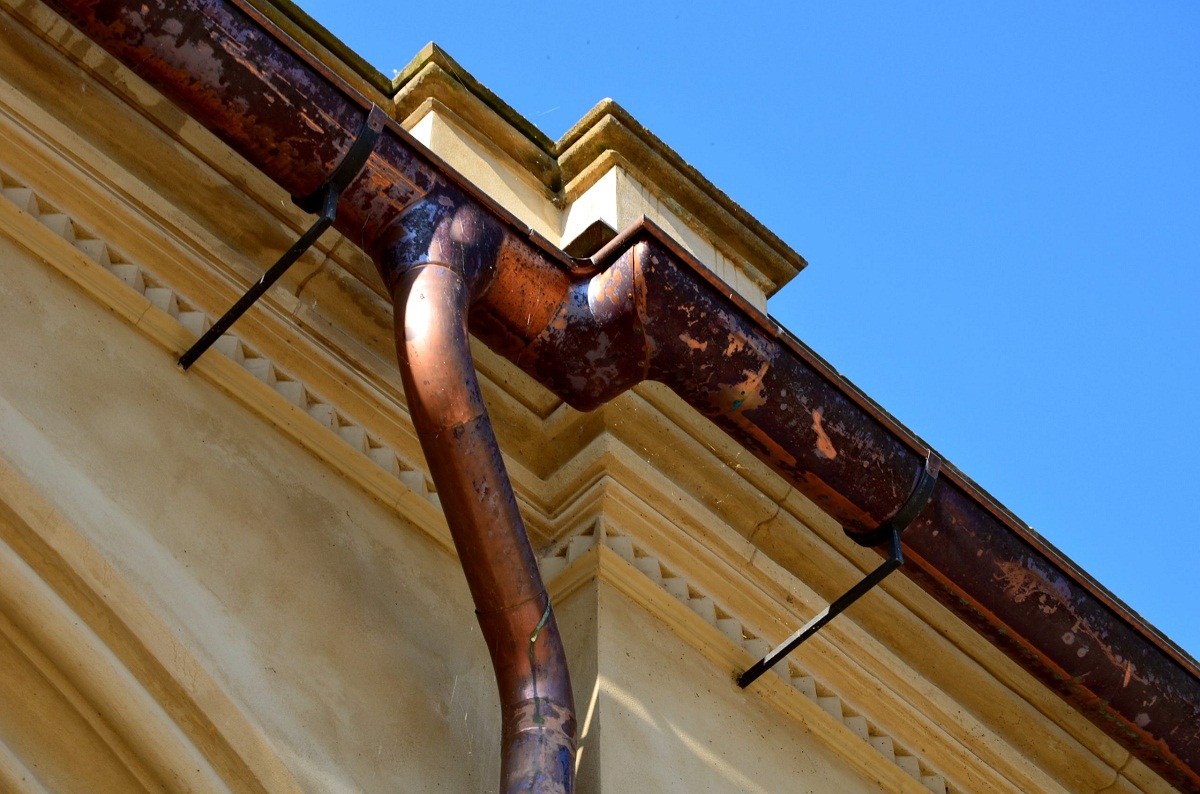
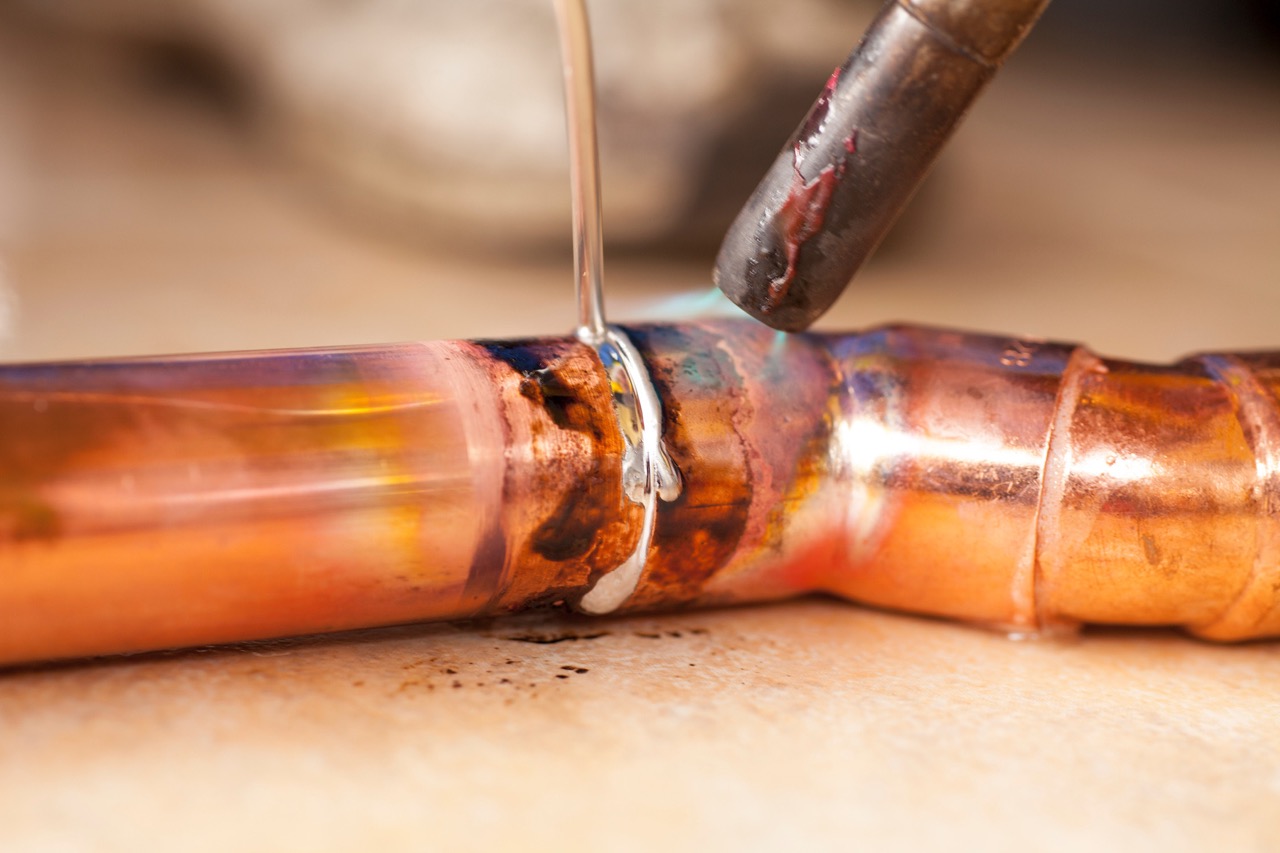
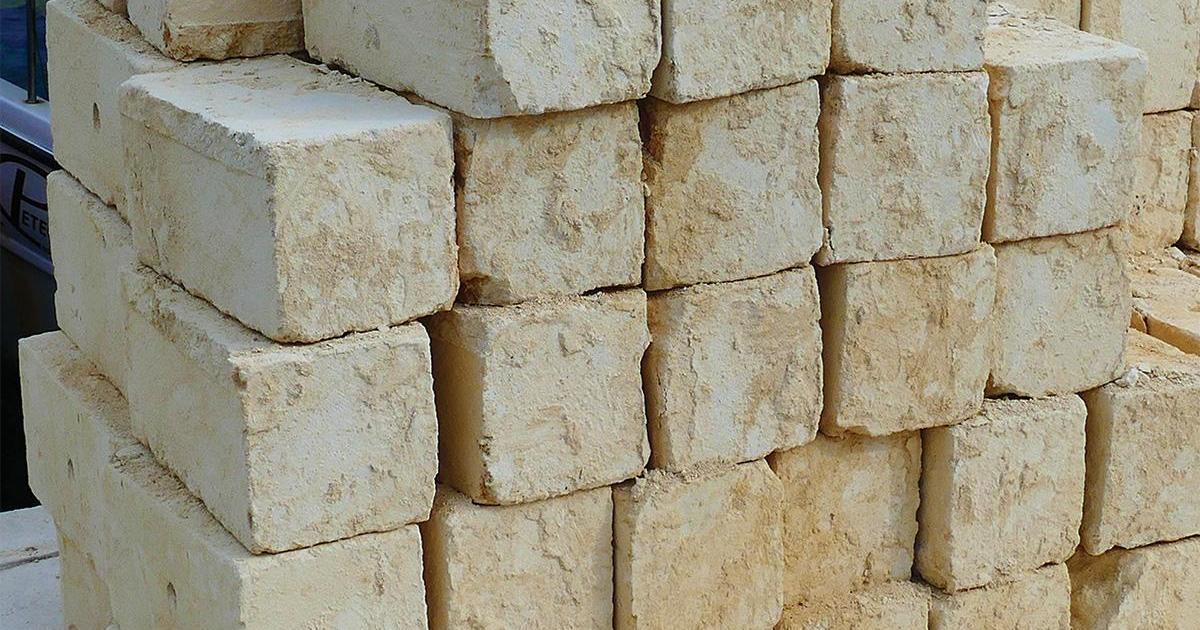
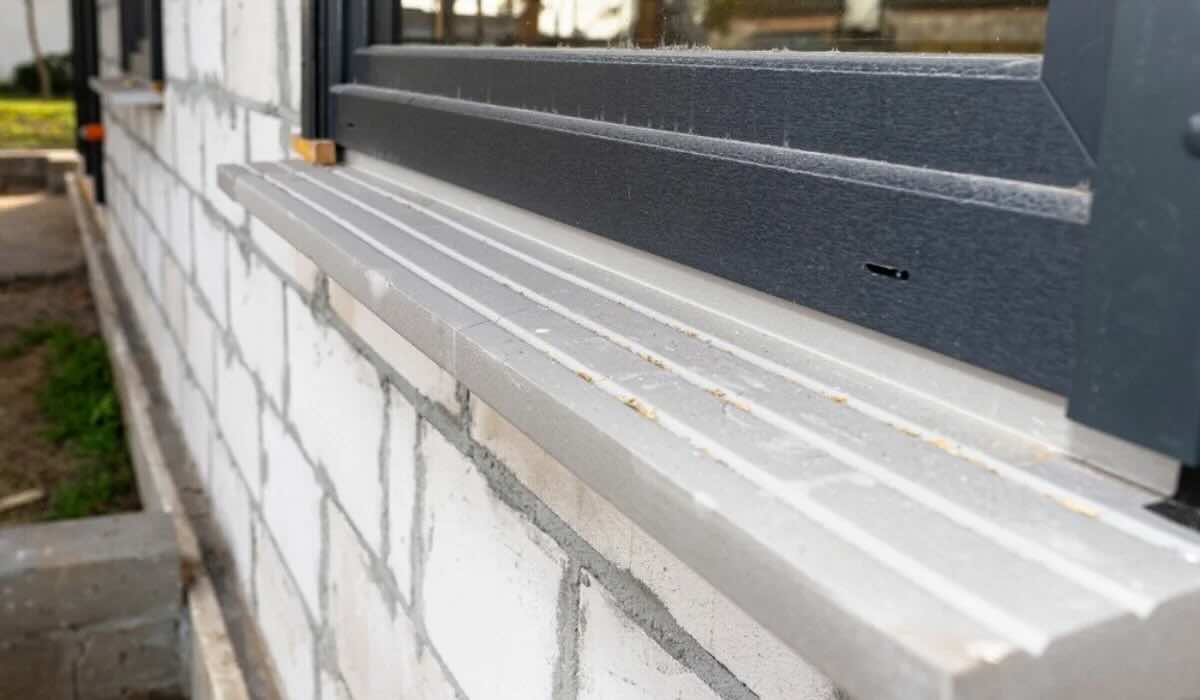
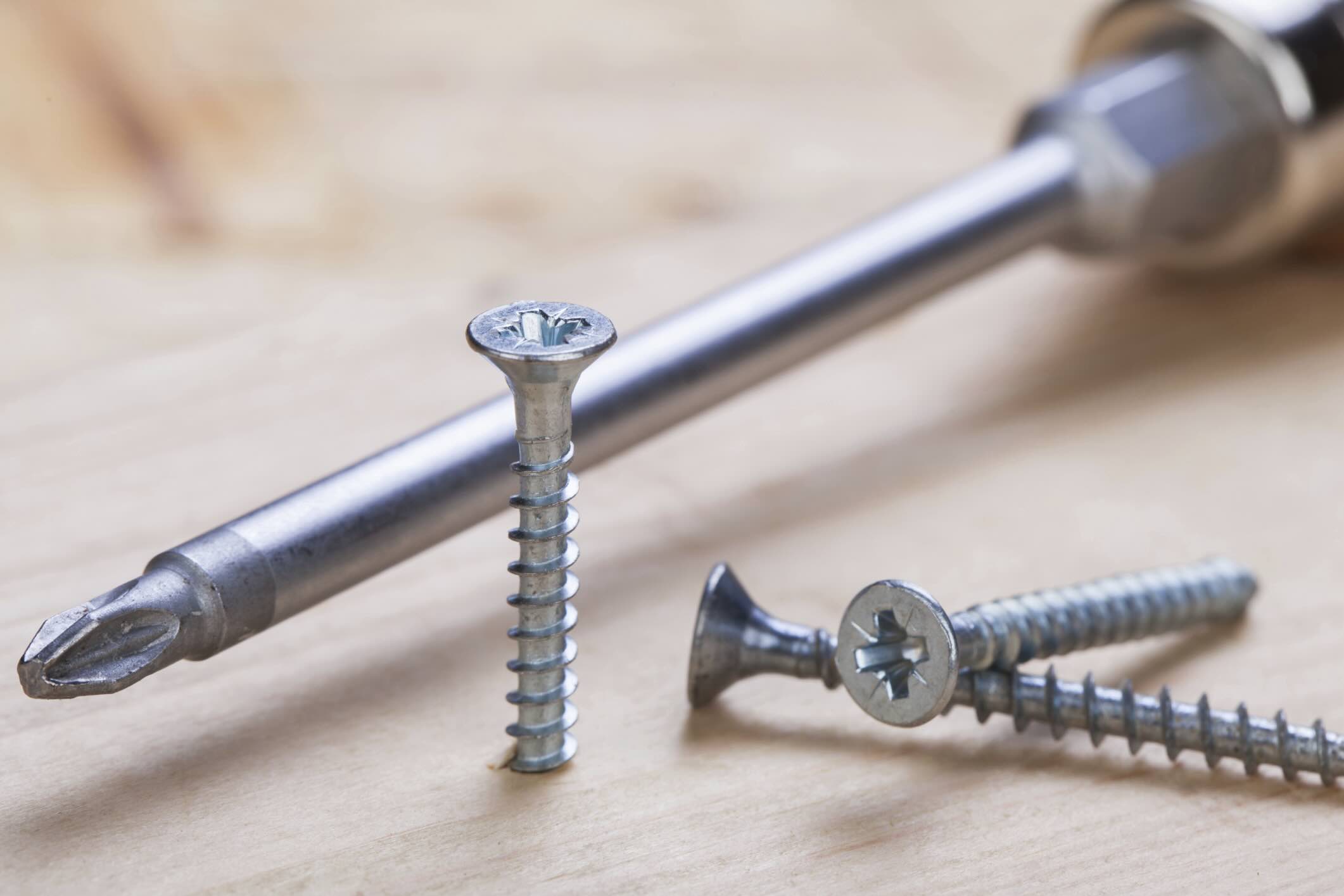
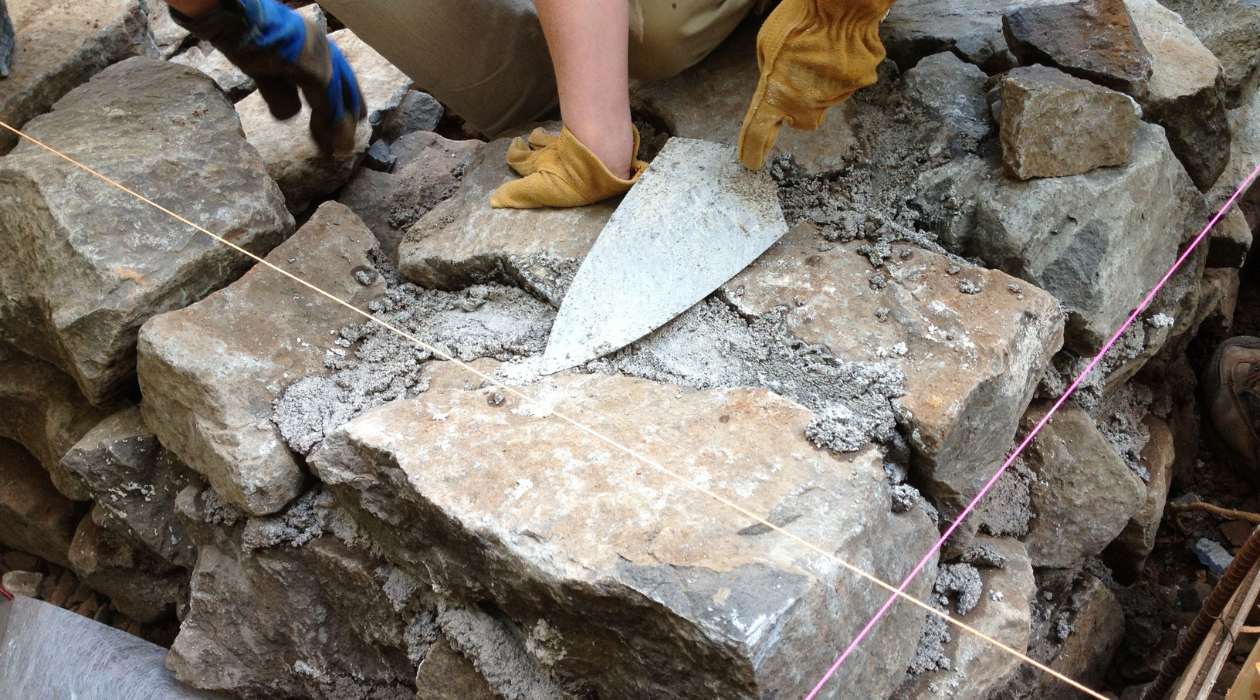

0 thoughts on “How Is Copper Used In Construction”